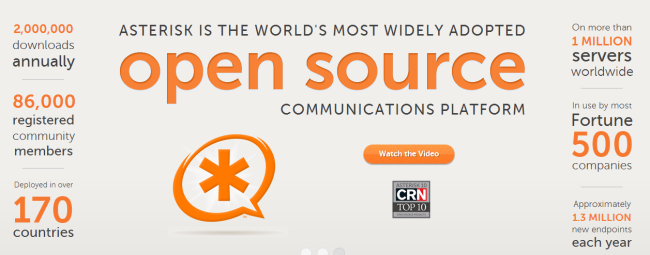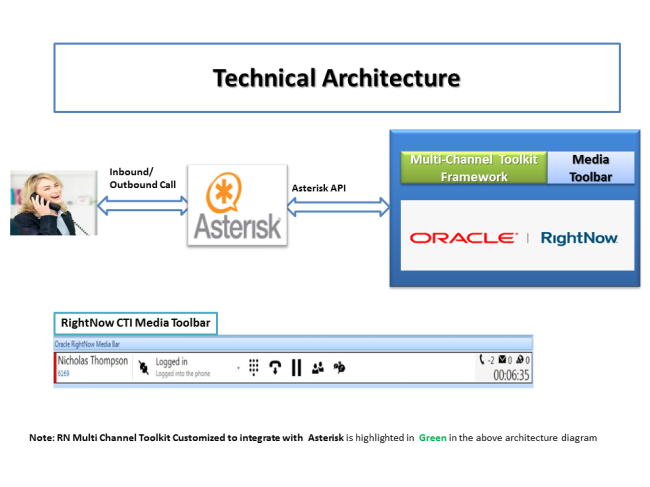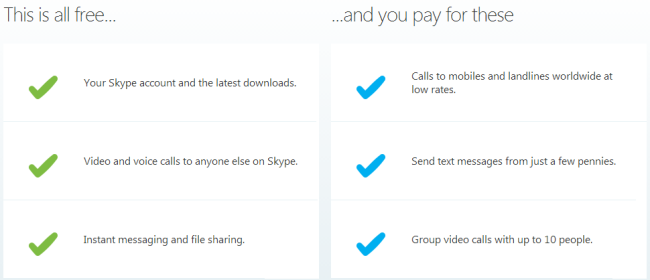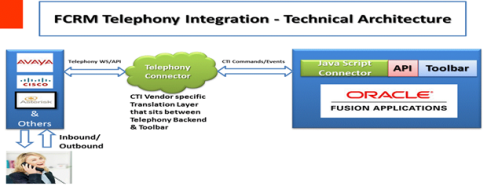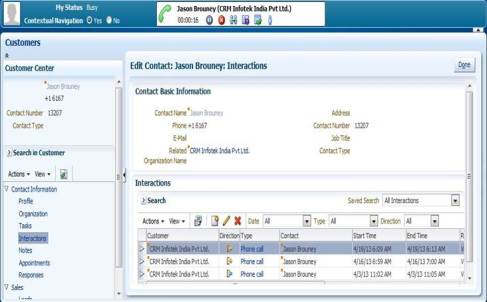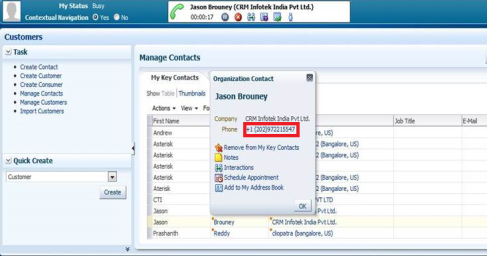While implementing medium to large scale Oracle Sales Cloud (OSC) CRM projects, developing Custom Extensions/Batch Automation solutions to meet specific business requirements of the customer can’t be avoided.
Generally, these Custom Solutions are developed leveraging SOAP/REST API integration capabilities using J2EE/MSFT/PHP technology stack.
In the past, there was a limited provision to host/run such custom solutions within OSC. Which means customer should procure & maintain the hosting server. This not only incurs additional cost but also defeats the purpose of choosing SAAS solution. This is one of the biggest complaint/pain point customers have expressed over the years whenever we propose the custom solutions.
With the latest releases of OSC, we see all new possibilities to develop & run the custom extensions/batch automations kind of programs within OSC.
In this article, I would provide insights on how do we leverage various integration capabilities & hosting possibilities provisioned by OSC to develop custom solutions which can run within OSC.
The following are the hosting possibilities within OSC,
- Web Center: Supports hosting of JS/HTML file. These files can be made accessible in public or only within OSC
- Narrative Reports: We can write JS/HTML code here
- OSC Administration/Configuration: Supports working with OSC/External Web Services in this area using Groovy Scripts
And the integration capabilities offered by OSC to develop custom extensions & automated batch programs are,
- SOAP
- REST
- Groovy
SOAP is the traditional mode of integration mechanism been around almost since the inception of OSC; REST API is introduced in the latest releases to align with current trend offering lots of flexibility to develop custom solutions
And we have Groovy which is another option to make web service calls from within OSC Administration/Configuration area. Using Groovy, we can perform CRUD operations (both parent & child objects) on records in specific triggers events(like Create, Update, Delete,..). We can also call external web services/OSC SOAP WSDL from within OSC Configuration area using Groovy.
So the new approach to develop custom extensions could be to use Client Side technologies(Java Script) and SOAP/REST API. This solution can then be hosted within Web Center/Narrative Reports.
Also, if we can effectively & intelligently leverage full potentiality of Groovy Scripts; over 90% of requirements for which we end up developing custom automated batch programs can be implemented only using Groovy Scripts.
So considering these varied integration capabilities & hosting possibilities, it is now possible to develop custom extension solutions to OSC without a hosting server. This is a step towards a true SAAS model, run everything within Cloud, Save Cost and keep customer happy.
And the matrix shown below can be used as a quick reference guide while arriving at a solution for any of the custom extensions,



